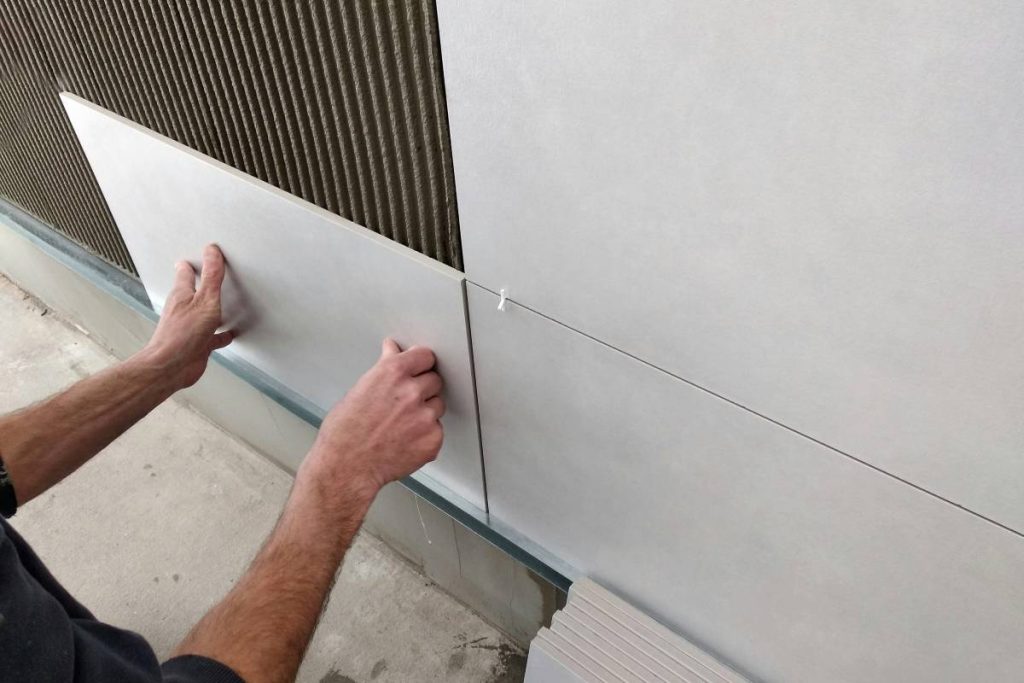In installation of metal panels to commercial buildings, the concept of friction-free joints is important in terms of final looks, as well as functionality of the buildings. Unprofessionally mounted or linked panels may cause a leakage of water, low effectiveness of insulation system, as well as the unsightly appearance.
This guide investigates some important methods and thoughts conducted in achieving a perfection install due to which the durability of the metal panels along with their beauty increase.
Understanding Panel Alignment
Proper panel alignment is the foundation for seamless joints. It is quite crucial to ensure that installers plan how to locate every panel properly as well as measuring the panels accordingly before the actual installation process takes effect.
Misalignments do become visible when viewed over large surfaces even with small dimensions and this needs close attention in layout. Setting the panels right makes the inside of every joint come to exact meet with the next, decreasing the area of gap and deviation.
It is also important to consider the expansion and contraction of metal panels caused by temperature changes. Panels are slightly expansive in heated conditions and contracting in cold conditions that may lead to varying joint tightness in case not addressed at the time of installation.
The provision of slight movement and high-quality fasteners makes sure that the joints will be tight and seamless at the various conditions.
Selecting Appropriate Fasteners
Fasteners used are also crucial in the formation of seamless joints. Fasteners must suit the kind of metal panel that is to be used and must be able to keep panels secure without leaving uneven surfaces. Incorrect fasteners that are applied may cause warping or uneven alignment leading to the compromise of the visual and structural integrity of the installation.
Fastener placement also requires careful consideration. By inserting screws or clips at the regular distance between the panels, the equal pressure is cultivated by adding an equal distance between panels and making the joint flush. Before installation, fasteners should be tightened with the right amount of torque; this will avoid cases of bowed and shifted panels in the long term.
This is particularly critical to insulated metal panels where joint placement and alignment is critical to both thermal performance and structural plains.
Preparing the Panel Surfaces
Surface preparation is essential for seamless metal panel joints. Panels should be clean, not covered with debris and not rusty. Gaps or uneven joints may occur in the case of best panels because of any defects on the surface and thus panels should be cleaned and inspected prior to installation.
Further, panels are to be treated carefully in order not to bend or dent. Minor bends can alter the fit of panels next to them, which causes unsightly gaps in joints. Insulated wall panels especially must be handled with caution since their core materials can be delicate in nature and subject to loss that would affect both insulation and strength.
Using Proper Joining Techniques
It is imperative that the right joining techniques be used to get a smooth product. Panels: To help guarantee a close-fitting and gap-free panel that no gaps are created, mechanical locking systems, interlocked edges, and precision cutting are all used.
All techniques necessitate particular equipment and experience to be undertaken properly; thus aboard installers need to be trained on the methods that are applicable to the kind of panel.
Sealing methods also contribute to seamless joints. Using matching sealants in key points averts water penetration and enhances heat outputs. Moreover, smooth surfaces are maintained with the use of consistent pressure utilized during the installation, making the building better looking.
Providing such techniques are implemented well, insulated wall panels and insulated metal panels will perform their job effectively and look professional on the outside.
Final Inspection and Adjustments
Discrepancies and flaws should be anticipated and should be rectified by carrying out a complete checkup after installation. Small gaps may be detected examining every joint in various lighting conditions. Timely adjustment avoids future problems and maintains the beauty of the buildings.
Routine maintenance also supports the longevity of seamless joints. Fasteners or sealants can loosen over time and hence periodic checks and re-sealing ensures that the clean appearance of metal panel installation is maintained as tight as possible.
Correct techniques when doing the joints and carefully monitoring the panels at regular intervals helps to perfectly maintain seamless joints through the life of the building.





